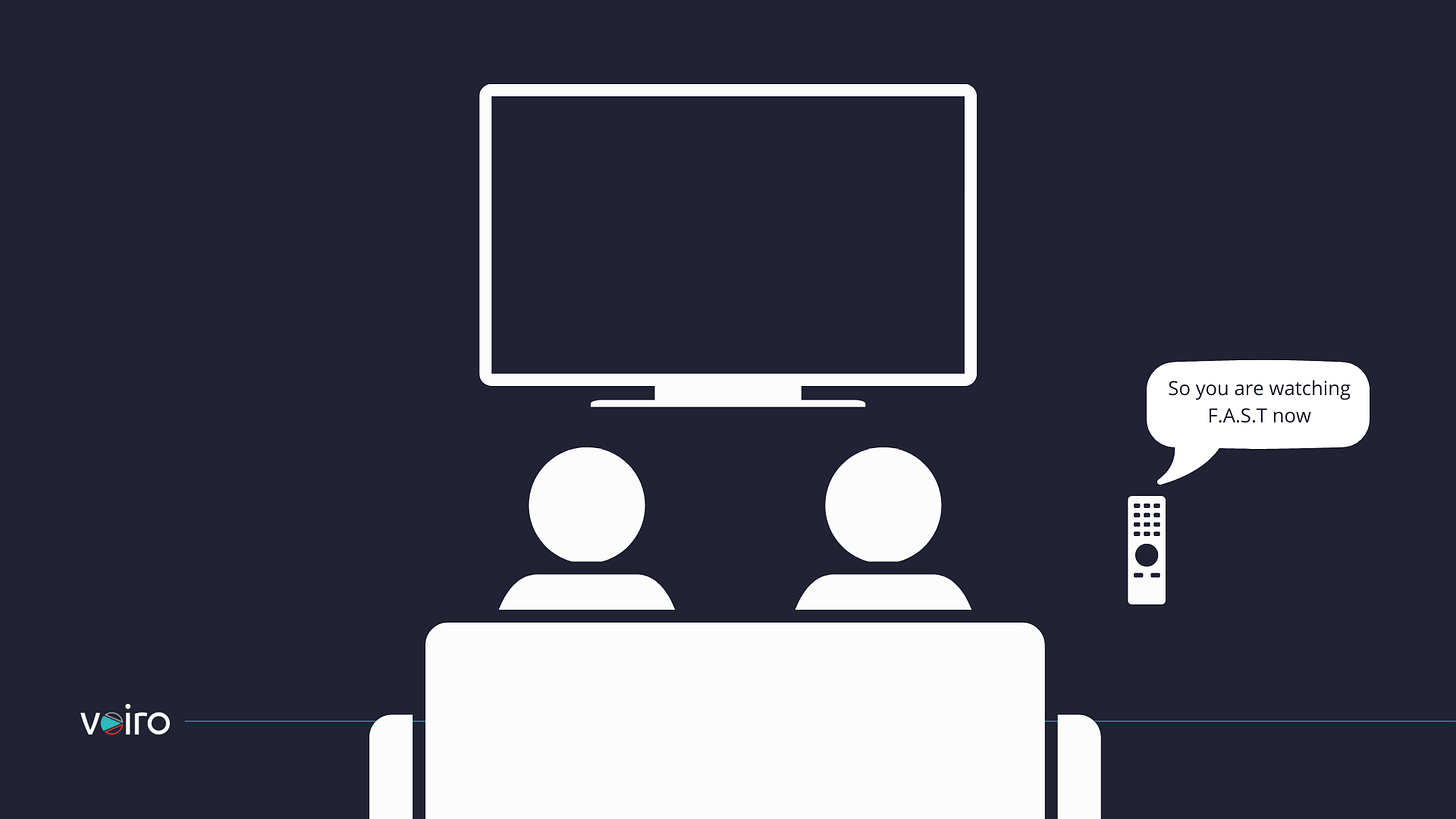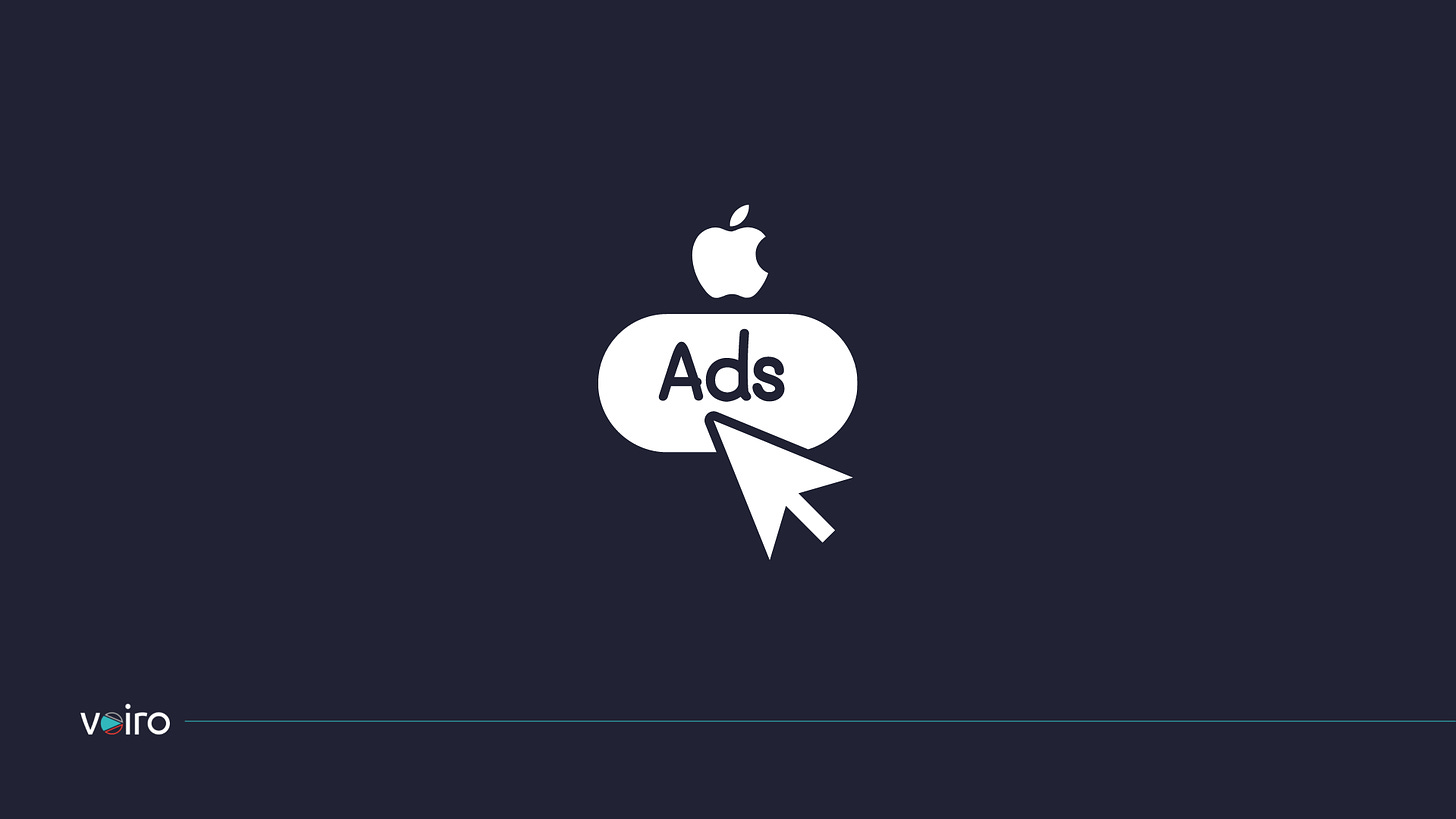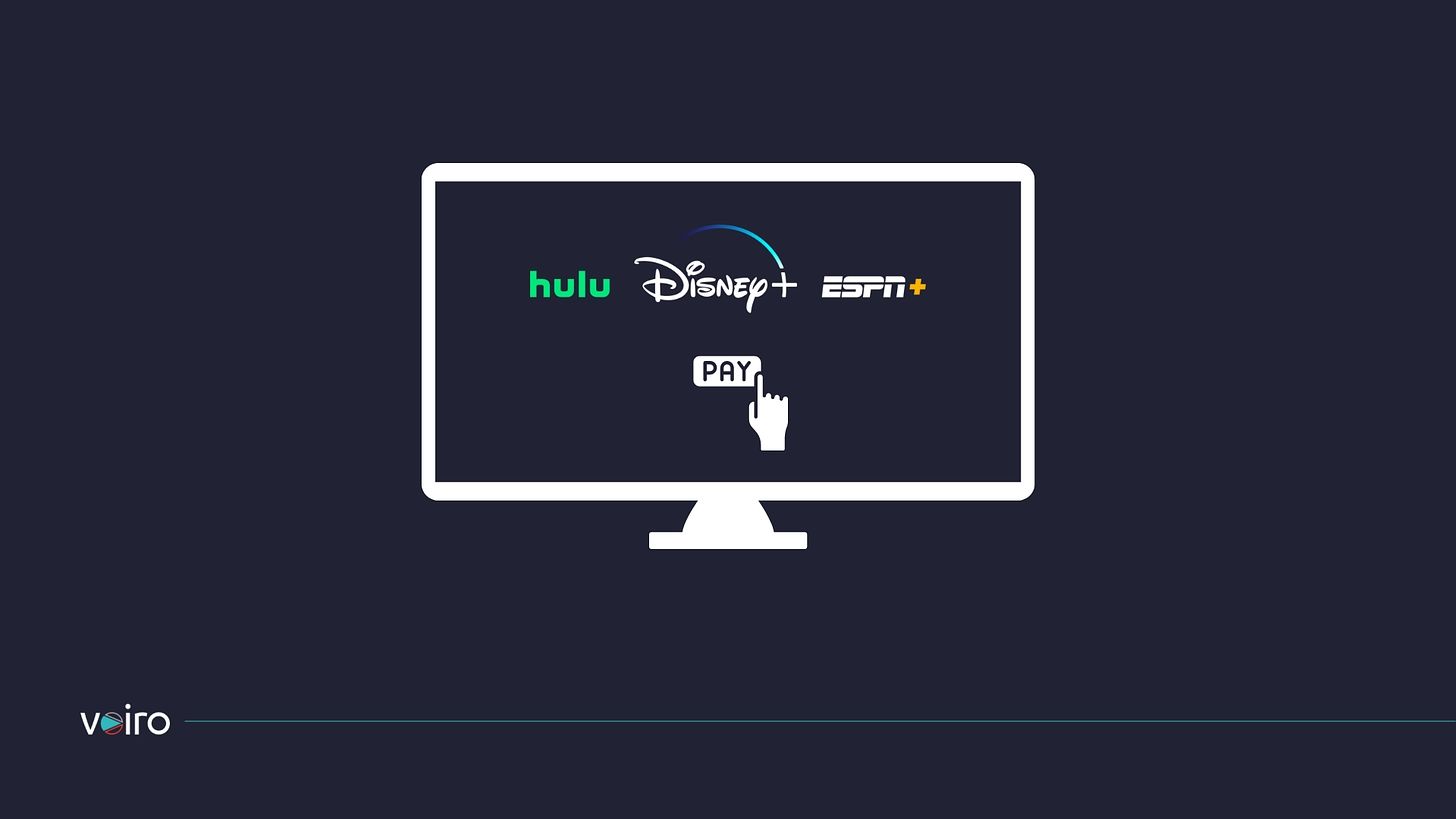Meet us at

on 3rd & 4th October









Also listen to this entire episode on:
🎧 Apple Podcast: https://apple.co/3SXBJdP
🎧 Spotify: https://spoti.fi/3pvHNwv
🎧 Google Podcast: https://bit.ly/3PBoexe
The world’s first ever TV advertisement was for Bulova watchmaker and was broadcast before a baseball game between Brooklyn Dodgers and Philadelphia Phillies. The 10-second spot showed the gray outline of America’s map and came with the tagline “America runs on Bulova time.”
And our lives, as we knew it, changed forever.
TV commercials became a critical part of our TV watching experience. We sang along to the jingles, chose our favourite cereal based on the ads and made almost every buying decision on what we saw on TV.
With the advent of the Internet and new technologies, TV advertising transcended the highest levels of creativity, and content, entertainment and advertising became even more intertwined with consumer behaviour and decision making.
From the shaky broadcast that lasted a few seconds to FAST (free ad supported streaming TV) that’s revolutionising the landscape of TV advertising, we have come a long way.
In our first episode of season 2 of the Voiro Podcast, we take an in-depth look at what FAST is and how it will determine the future of TV advertising. Read on…

TVREV published a 67-page report saying that FAST (Free Ad Supported Streaming TV) is the new cable. The report breaks down the entire ecosystem of FAST, how it is structured, and what the future holds. If reports are to be believed, the meteoric rise in popularity of FAST is already in motion. While Tubi is turning to FAST to boost subscriptions, Warner Bros.’ Discovery may soon launch a FAST channel. In this section, we break down, what is FAST, what it is not, and where it is headed.
The Voiro View
To simplify it, FAST is cable TV through the Internet. It is not AVoD or a Netflix substitute. What differentiates FAST from AVoD are two factors – first, FAST is always free and delivers content through linear scheduled programming rather than AVoD’s video-on-demand model. It’s a platform that offers a traditional channel-like experience, where the TV programmes are curated according to the household’s viewing preferences.
FAST is a solution for all those consumers facing “subscription fatigue.” The reality is that the expense of subscribing to multiple OTT platforms can quickly add up. FAST offers scheduled free content, giving the content providers the opportunity to retain subscribers who otherwise would leave the platform altogether.
However, the fact is that having too many choices can work against us. One of the reasons FAST is around is because the content supply and the audiences are getting digitised. Every device that we consume content and information on is internet-enabled by default. The internet is creating a mass of niches, and the ecosystem is such that every one of these content delivery models can become big players by themselves without dipping into other parts of the value chain. So, the question remains, will all TV be streamed, and will all streaming be available on televisions? We will have to wait and see.

Ben Thompson of STRATECHERY put out an interesting timeline about the relationship between Apple and Facebook, and how it went from looking to collaborate to sparring. In the podcast, he says, “I understand and, to a degree, sympathise with the argument that ATT is a good policy that was a long-time in coming. Indeed, the charitable interpretation of the previous items in this update is that Apple was cleaning up bad behaviour and, if they build an ad network, are doing so not necessarily to make money but because they recognize there is now a void in the app ecosystem for privacy-centric ads that a lot of developers need to survive. By all means make that argument. What I don’t understand, though, is the attempt to pretend like ATT didn’t have any impact at all.”
The Voiro View
A lot of people are calling Apple unethical. But, there is a positive narrative here. Advertising needed a cleanup, and Apple went in and did that. But if you don’t acknowledge the fact that along the way apps and companies will get hurt, that’s a narrative that could be unnecessary bad PR for the tech giant. At the end of the day, all is fair in business as long as it’s not unethical. Apple made a shrewd business move and tapped into an opportunity that was there. In the process, a few companies are going to get hurt. But, when it comes to running a successful business, it’s all about identifying gaps in the market, addressing it and making it all work.

Disney has hiked its subscription rates across the board. From increasing the price of Disney Plus to $10.99 / month (starting December, this year) to raising the Hulu subscription rates, the price rise is set to impact subscribers across all bundles. The raise in subscription fee is attributed to operating loss and a projected decline in the number of subscribers in 2024. During an earnings call, the company reported, “the increase in operating loss was due to a higher loss at Disney+, lower operating income at Hulu and, to a lesser extent, a higher loss at ESPN+.”
The Voiro View
The concept of free lunches has ruined several businesses. What we have to understand is that content is very expensive to make. It takes a lot of effort, time and resources. This is a tough but a conscious decision content providers have to take. So, consumers who do end up subscribing will be honest about why they are there and be committed to the content they consume as well.
While store sales bring in a sizable chunk of revenue for the retail giant, its ad revenue has been growing steadily YoY. According to reports, Walmart’s ad business grew 30 percent, year-on-year in Q2. This translates to roughly a revenue that could be anywhere between ‘mid-to-high hundred million dollar range.’ Adding another dimension to its ads business, Walmart also announced a partnership with Roku to enable their viewers to make purchases via their remotes on Roku devices.
According to reports, The New York Times’ (NYT) non-news section is set to soar. The media house has decided to aggressively promote its ads business across non-news categories like games, cooking products and sports. NYT reportedly has over 1 million subscribers each for its games and cooking products and 9 million subscribers across different offerings. Mohit Lohia, Amazon’s senior ad executive, will join NYT to lead its expansion efforts. NYT is currently running experiments to determine the balance between ad offerings and the subscription experience of its products.
© 2024 Voiro. All rights reserved
